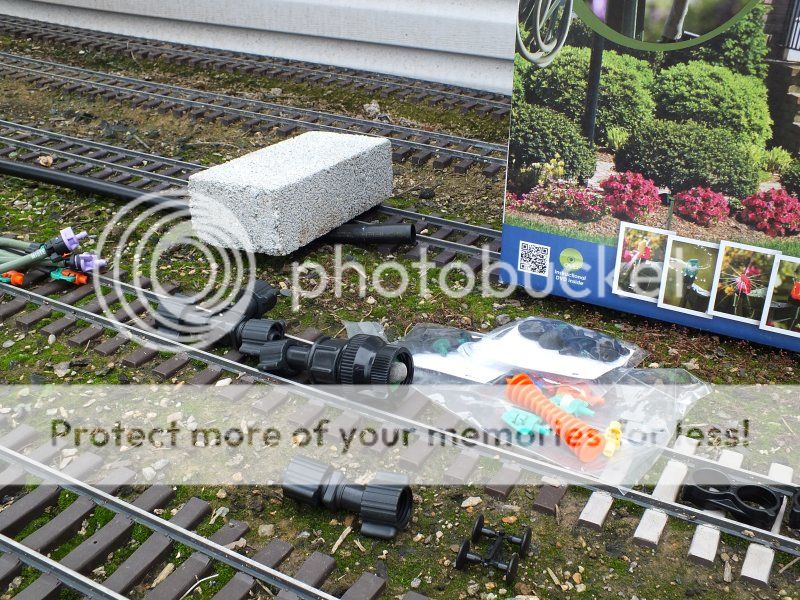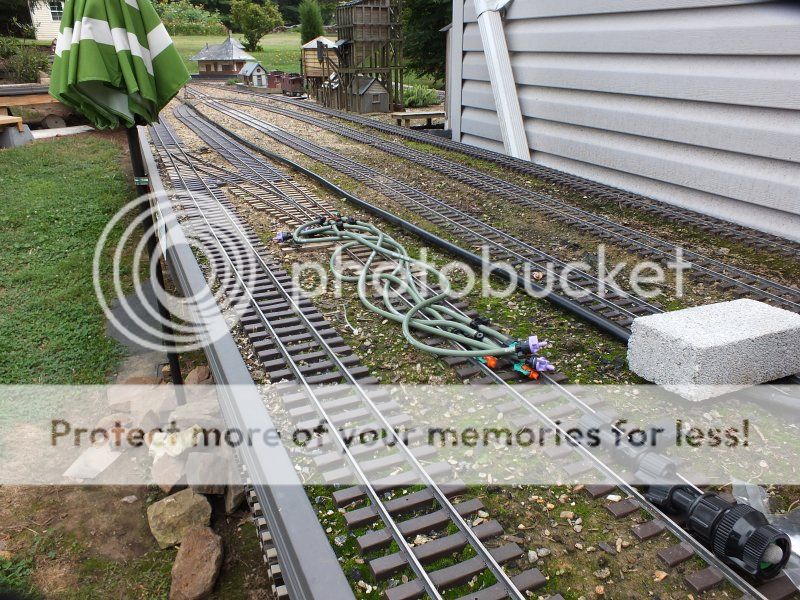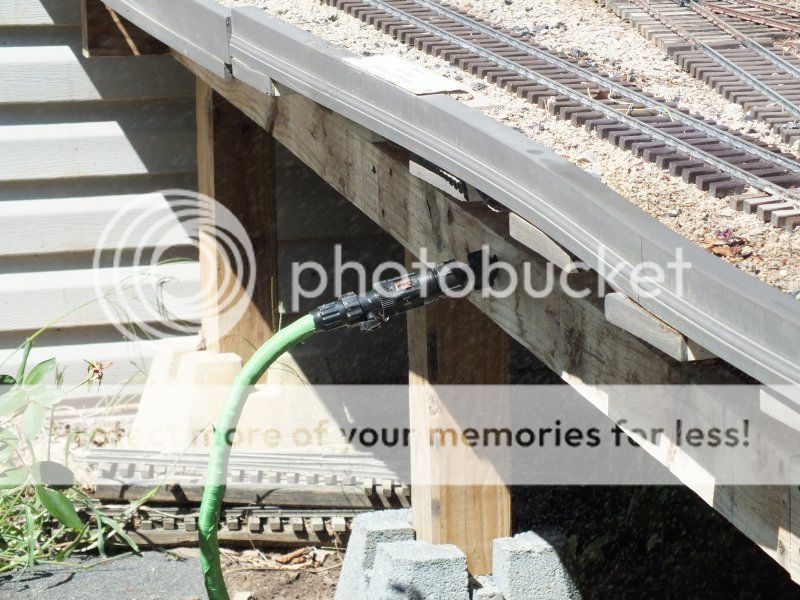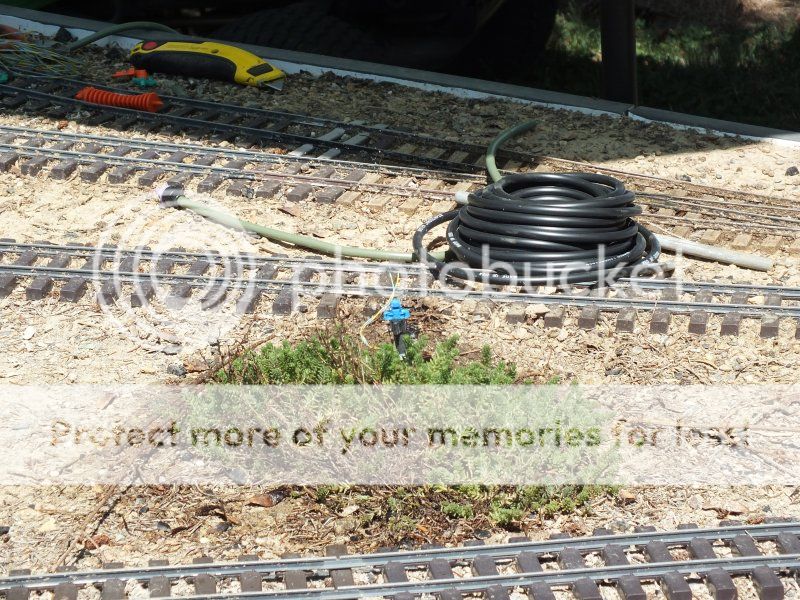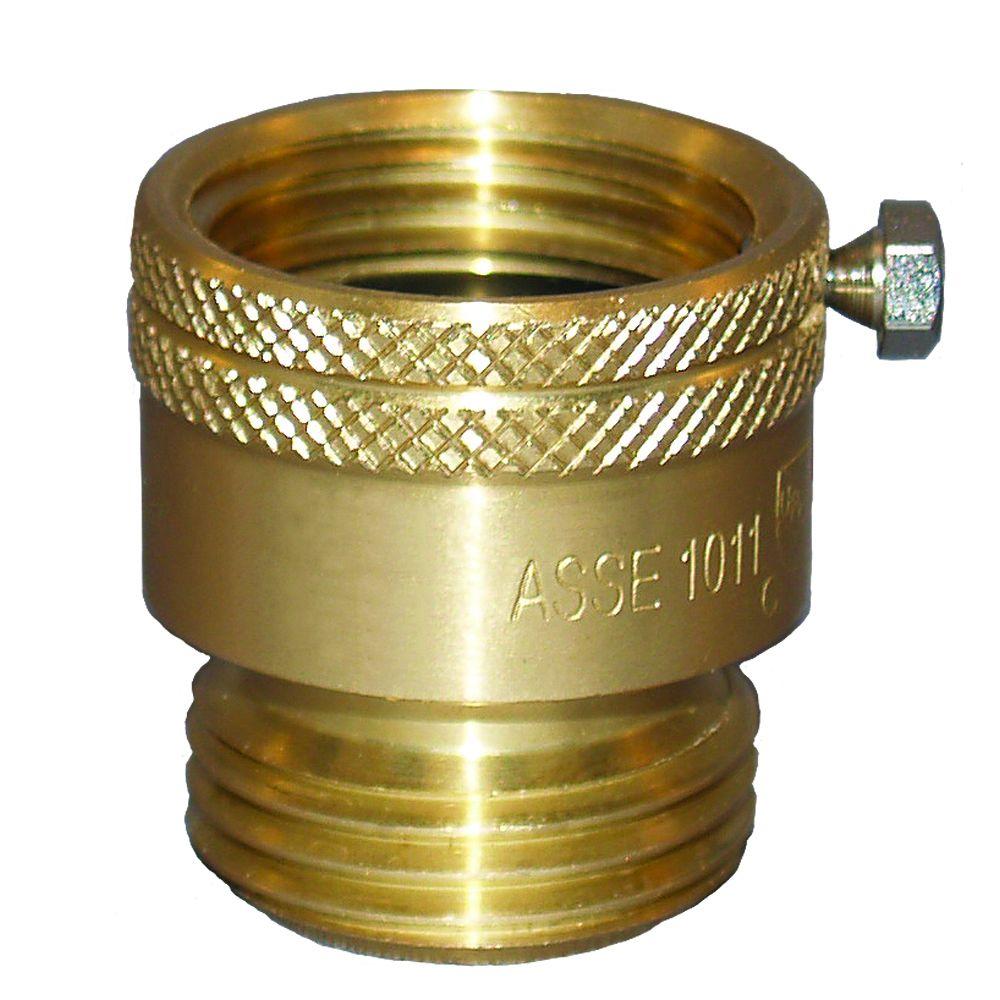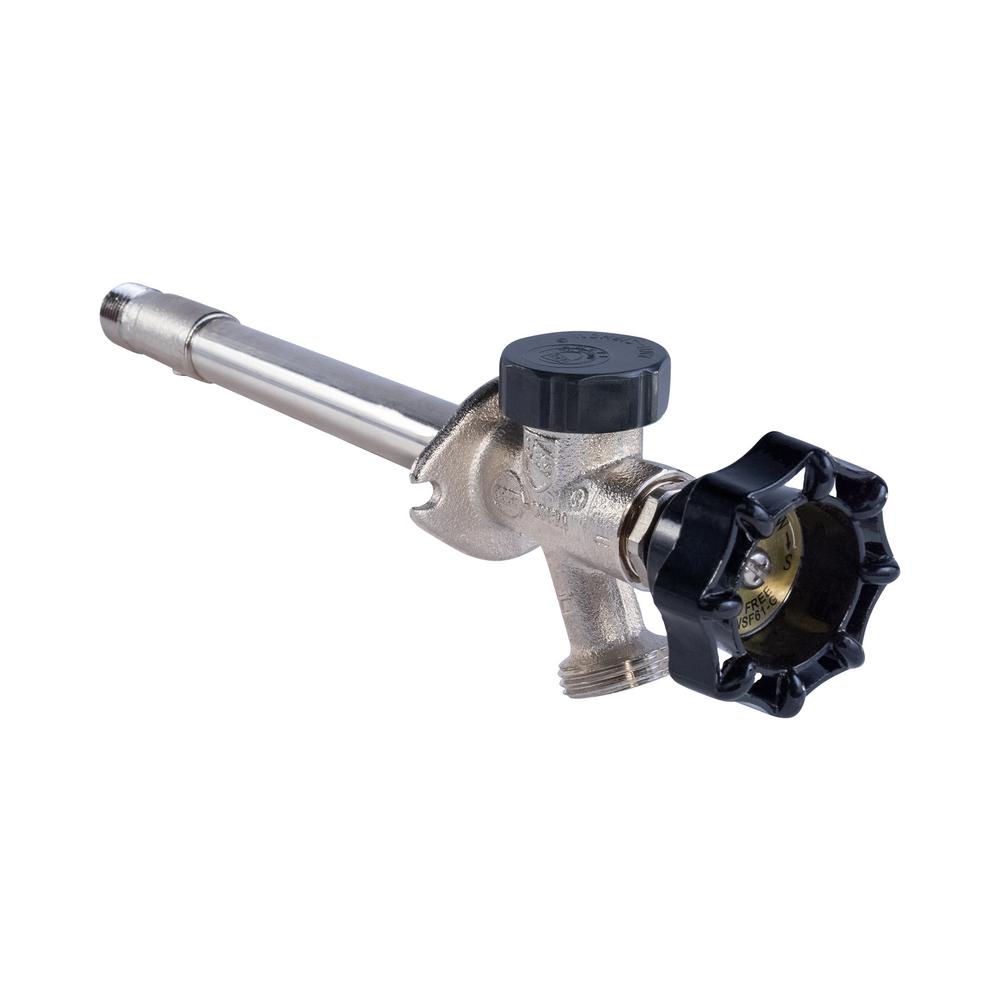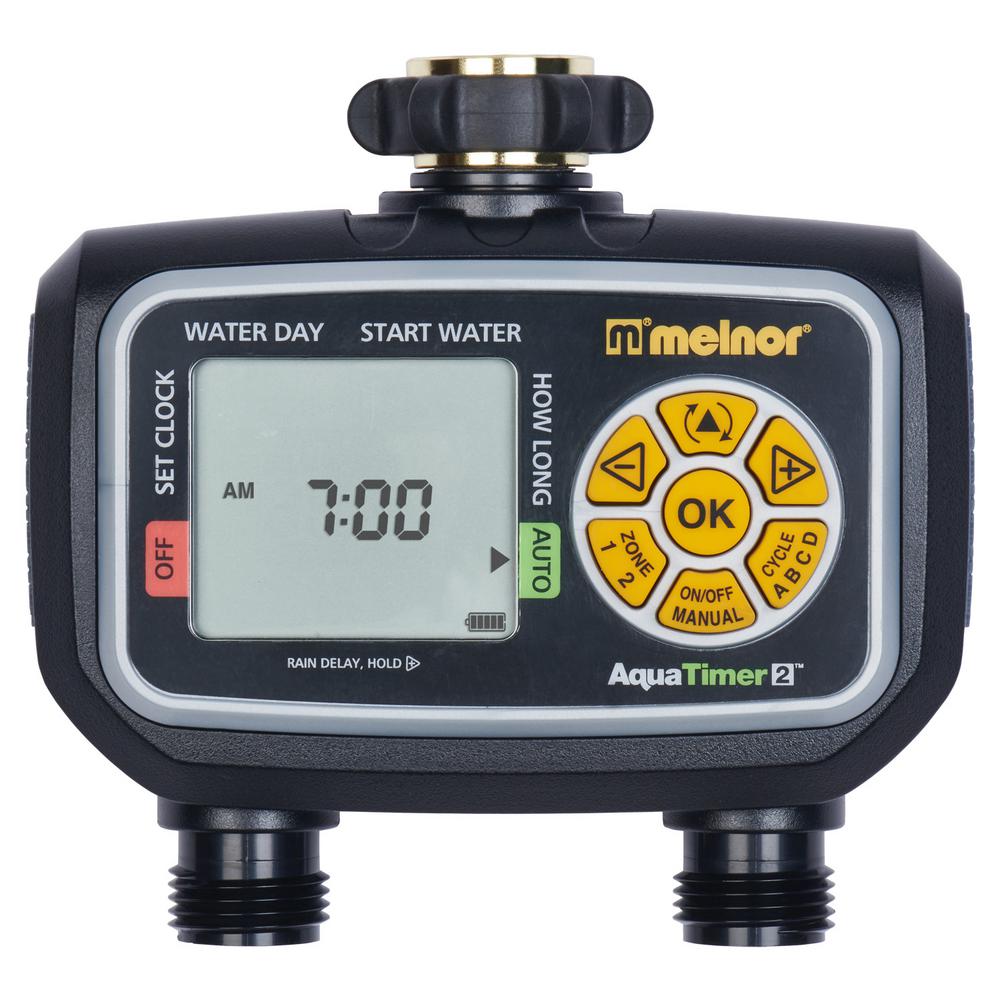Ken,
I figured on one of those types of kits. Although mine will not be ran from a hose. It will be a dedicated system with its own connection to the service line. But the other pieces and parts would be usable.
Greg thanks for the low down on the various types of attachments. While I have the sprayers in the back of my mind, like you said I have heard they like to clog, and honestly with only one exception I don’t have any spot that would need broad cast watering. Most everything will be individual plants. I am sure at least two stations will be required at a minimum because of the tree. That will have entirely different requirements than everything else. So with that said how many dripper things whether solo or loops would reasonable be able to be run of a single station? This is not going to be a terrifically plant intensive layout. With half of it being elevated bench like Ken has there will only be potted plants here and there. And the other side is pretty skinny and narrow beds. Remember my whole layout is only ten feet wide with a walk through the center of it.
Here is a thought. As I already mention I plan to have one leg of the system run down the bench work side and another leg run down the raised bed side. I pretty much had planned to have that run off one station valve with a Tee right at the valve for each leg. I could always install it with one valve and add another should it not be sufficient. Or I just suck it up and two a total of three from the get go and be done with it. The amount of cost between two stations and three really wouldn’t be all that much difference, an extra valve and an extra AVB.
For those that don’t understand and might care when you install permanent irrigation systems many water purveyors have rules on backflow prevention. Part of my duties at my water utility is I am the certified Cross-Connection Control Specialist. This is a fancy title that says I went to an 8 hour class and passed a test on recognizing potential cross contamination hazards and knowing the proper devices to prevent backflow events from happening. A cross connection is any connection to a potable water system to a system out of the control of the water utility, this generally excludes interior plumbing (but not always). A garden hose is a cross connection. Now my job is to determine if that cross connection poses a risk to the public water system should backflow occur. Backflow happens either with back pressure, where the cross connection can produce a higher pressure than system pressure, or when water can be sucked back into the system by siphonage due to a loss of system pressure. Not all cross connections are considered a risk. In general regular plumbing in a house is not a serious risk. Unless you are doing something weird in your house most houses have internal backflow protection primarily an air gap where the discharge is higher than the receiving vessel (your kitchen faucet and sink). or it has a vacuum breaker such as on hose bibs at least in newer homes. So we are not normally concerned wit them. 99% of the time we are most concerned at a residential level with back siphonage. What can be attached to a hose or pipe that if the system loses pressure that can get sucked back into the system. Hot tub connections, Swimming pool fillers, hose chemical sprayers, horse watering troughs underground sprinkler systems where the dog poops on the sprinkler head. I could go on and on about all the possibilities. But I will save you the details.
Now I have a mixed attitude toward this whole thing. Like most things when the gubberment gets involved they go way overboard in creating a policy that is way more stringent than is really necessary. As a general rule I have very little concern about the average household contaminating my system. But here is my PSA part of this discussion. Backflow prevention is far more serious to you the home owner than it is me the public system. By the time your contamination hits my system it will be highly diluted. But what scares me is what you can do to yourself and your loved ones. This is a real issue and one htat I think people should take serious at least on its basics. If you use chemical sprayers on the end of your hoses, please please please install a very cheap vacuum breaker on the threads of your hose bib if you do not already have hose bibs with them built in. These will break the suction should the public system or your own house lose pressure. Same goes if you have pond fillers, hot tub fillers, swimming pool fillers, horse trough fillers etc that fill their containers with a direct connection that is below the flood rim of the vessel. So the filler pipe should have a gap twice the distance as the diameter of the pipe between the rim of the vessel and the pipe. both of these will prevent water you don’t want being sucked back into your house. What can and has happened is the public system loses pressure because of a broken pipe or through a venture effect from a sudden high demand like a fire where fire hydrants are being used. when this happens it will suck this nastiness into your water system where it is not diluted so much and when the pressure comes back on it pushes it to all points of your plumbing including the faucet your drink from. There are documented cases of people getting sick and/or dying from their own contamination entering their house. The fixes are cheap and can save your life.
I say all this in case people are wondering about the AVB I keep mentioning. That’s what they do and I wont have a system without some sort of protection. There are all sorts of devices depending on the conditions and the hazards that are faced. If you take this to heart and are concern, as I hope you are, then contact your purveyor and ask them for guidelines on what they not only require but recommend. While most everyone uses the same standards they do very some from jurisdiction to jurisdiction. If you want my suggestion beyond what they tell you or if you are on a well with no governing authority I will gladly walk you through it. I used to be passe about it but I have heard of to many cases where bad things have either potentially happened or actually happened.

